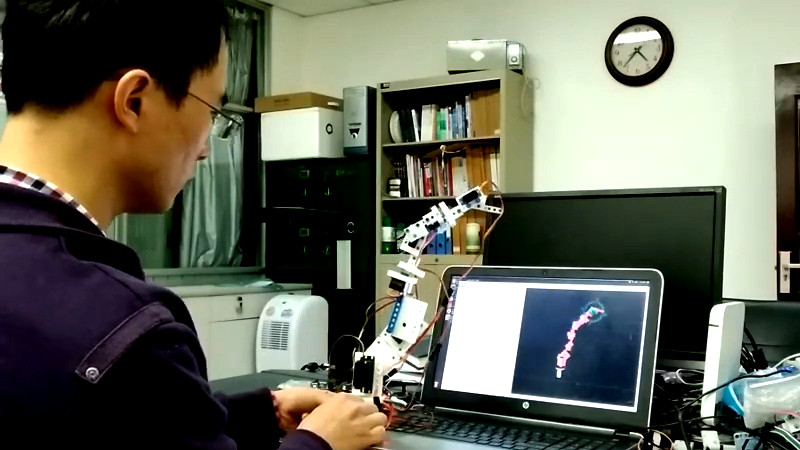Robotic arms have found all manner of applications in industry. Whether its welding cars, painting cars, or installing dashboards in cars, robotic arms can definitely do the job. However, you don’t need to be a major automaker to experiment with the technology. You can build your own, complete with proper motion planning, thanks to Arduino and ROS.
Motion planning is important, as it makes working with the robotic arm much easier. Rather than having to manually specify the rotation of each and every joint for every desired movement, instead mathematics is used to figure everything out. End effectors can be moved, and software will figure out the necessary motions required to achieve the end results. This functionality is baked into Robot Operating System (ROS) and proves useful to this project.
The construction of this particular arm is impressive in its simplicity, too. It has 7 degrees of freedom, which is plenty to play with. The arm is built out of LEGO Technic components, which are attached to the servos with the addition of some 3D printed components. It’s a smart and simple way to integrate the servos into the LEGO world, and we’re surprised we don’t see this more often.
Robotic arms remain an area of active research; there are even efforts to allow them to self-correct in the event of damage. Video after the break.



















How about fastening it to the table first, before showing how it performs?
Would make life a little bit easier :)